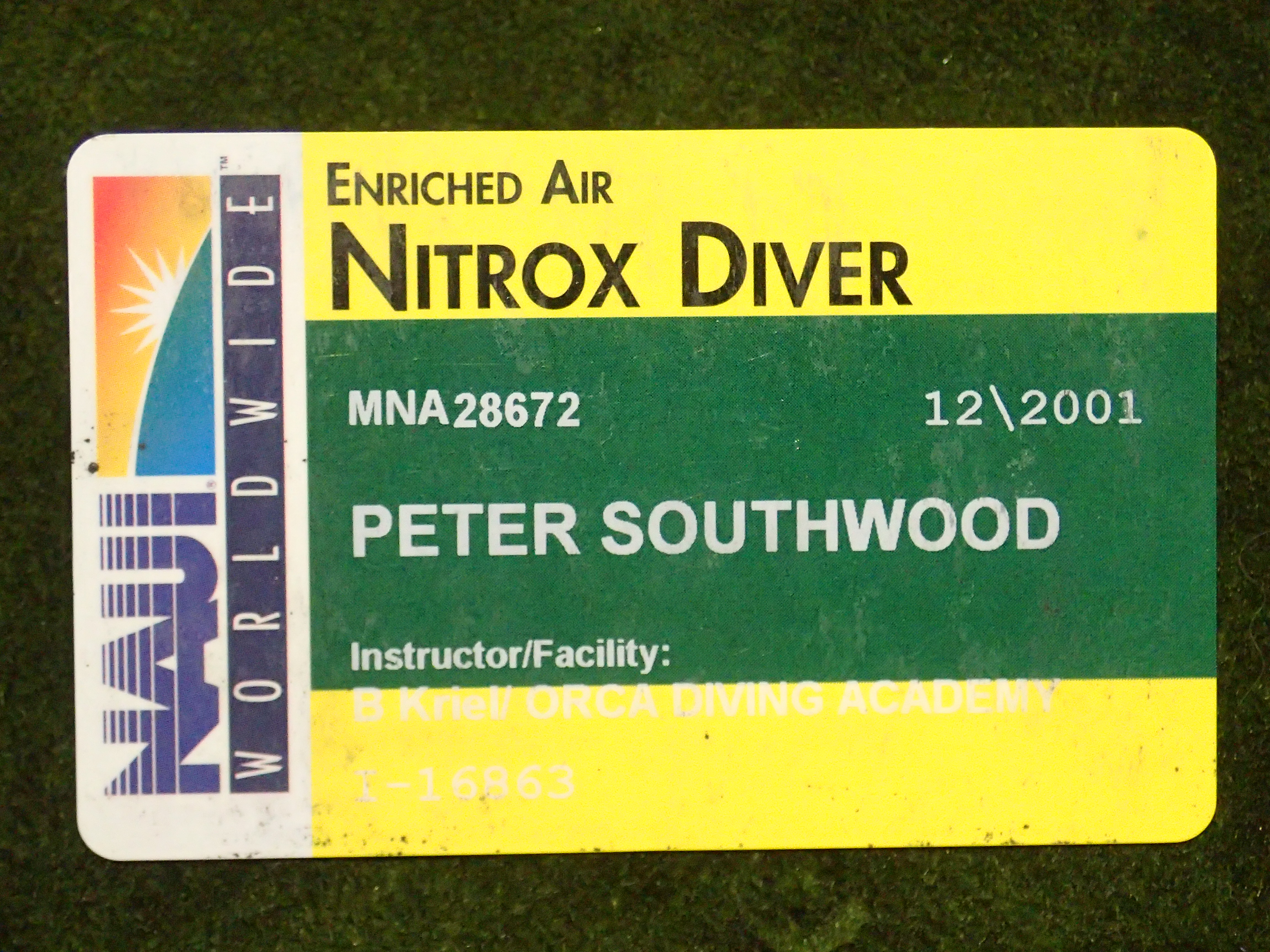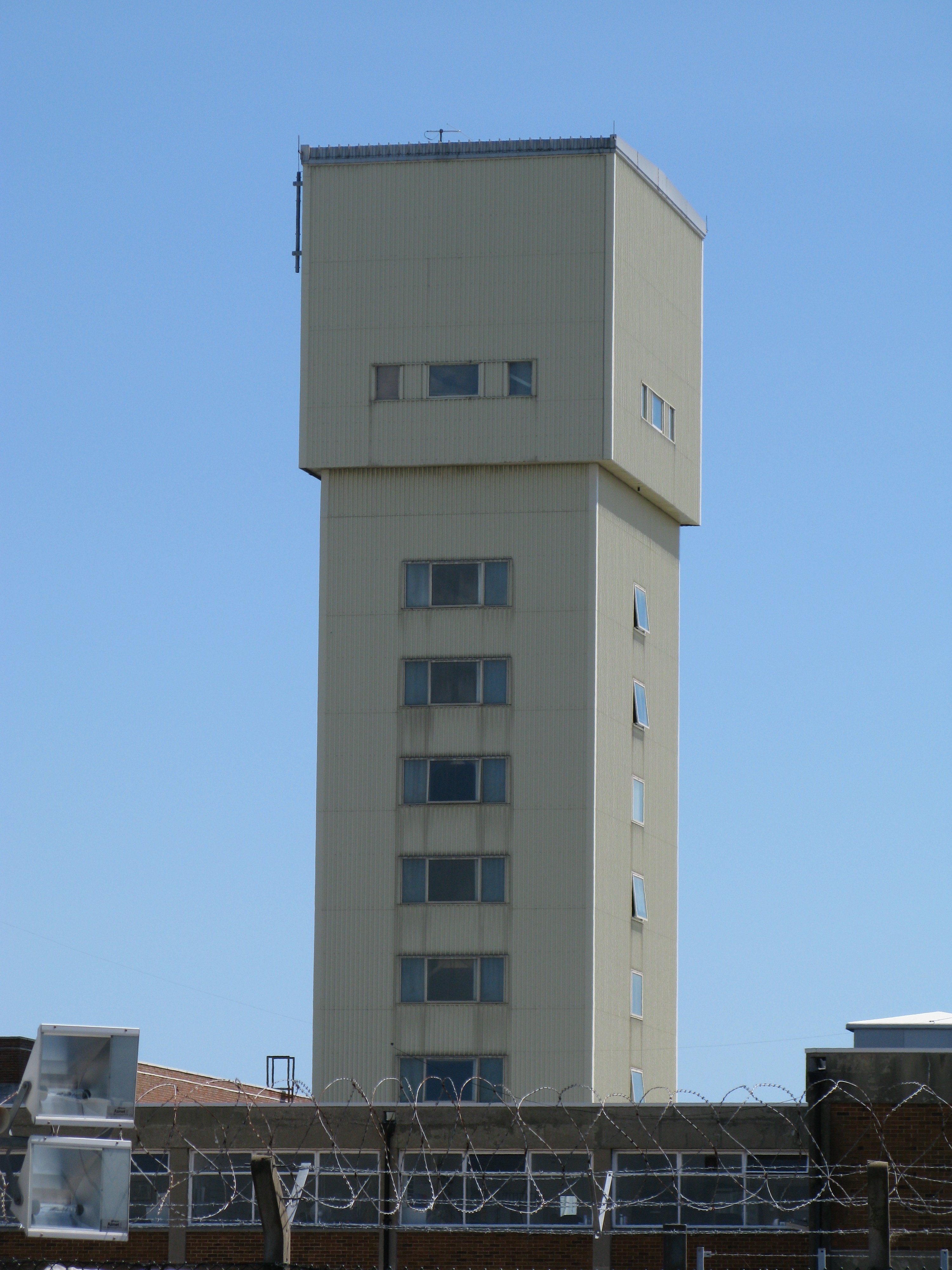|
Swedish Armed Forces Diving And Naval Medicine Centre
Swedish Armed Forces Diving and Naval Medicine Centre ( sv, Försvarsmaktens dykeri och navalmedicinska centrum, FM DNC) is a centre which is responsible for education and training of divers for the Swedish Armed Forces. The centre is also responsible for research and development and conduct tests for diving medicine, and tests of underwater equipment. The unit is a part of the Swedish Naval Warfare Centre and is based in Karlskrona. History The unit was raised on 1 July 1979 as the Swedish Navy Diving Center (''Marinens dykericentrum'') and was then a part of the Berga Naval Training Schools. Between 1 July 1985 and 30 June 1994, the unit was part of ''Dykdivisionen'' ("Diving Division") of the 1st Submarine Flotilla, and from 1 July 1994 it constituted a section within the Swedish Naval Tactical Center. On 1 July 2000, the centre became an independent centre under the name of the Swedish Armed Forces Diving and Naval Medicine Centre. Prior to the Defence Act of 2004, the Swedis ... [...More Info...] [...Related Items...] OR: [Wikipedia] [Google] [Baidu] |
Naval Base (Sweden)
The Naval Base ( sv, Marinbasen, MarinB) is a naval unit within the Swedish Navy that has operated in various forms since 1928. The unit is mainly based within Karlskrona naval base in Karlskrona and but operations are also conducted at Berga Naval Base and Muskö naval base outside Stockholm and in Gothenburg. Heraldry and traditions Colour The colour was presented to the former Karlskrona Coastal Artillery Regiment (KA 2) at Stockholm Palace by His Majesty the King Gustaf V on 1 June 1945. It was used as regimental colour by KA 2 until 1 July 2001. KA 2 was disbanded in 2000, and during a disbandment ceremony on 31 October 2000, the colour was handed over to the South Coast Naval Base, which was the unit that will carry forward the traditions of the Karlskrona Coastal Artillery Regiment. The colour is drawn by Brita Grep and embroidered by hand in insertion technique by the company Libraria. Blazon: "On red cloth in the centre the badge of the former Coastal Artillery; two ... [...More Info...] [...Related Items...] OR: [Wikipedia] [Google] [Baidu] |
International Diving Schools Association
International Diving Schools Association (IDSA) was formed in 1982 with the primary purpose of developing common international standards for commercial diver training. The Association is concerned with offshore, inshore and inland commercial diving and some specialist non-diving qualifications such as diving supervisors, diving medical technicians and life support technicians. It has published international diver training standards based on the consensus of members which provide a basic standard of comparison for commercial diver training standards, with the stated intention of:- *Improving safety *Providing contractors with a direct input to the diver training syllabus *Enabling contractors to bid across national borders on a more even playing field *Improving diver quality *Providing divers with greater job opportunities IDSA provides a Table of Equivalence of various national commercial diver training standards. IDSA standards are recognized in the Danish, Norwegian and ... [...More Info...] [...Related Items...] OR: [Wikipedia] [Google] [Baidu] |
Diver Certification
A Diving certification or C-card is a document (usually a wallet sized plastic card) recognizing that an individual or organization authorized to do so, "certifies" that the bearer has completed a course of training as required by the agency issuing the card. This is assumed to represent a defined level of skill and knowledge in underwater diving. Divers carry a qualification record or certification card which may be required to prove their qualifications when booking a dive trip, hiring scuba equipment, filling diving cylinders or in the case of professional divers, seeking employment. Although recreational certifications are issued by numerous different diver training agencies, the entry-level grade is not always equivalent. Different agencies will have different entry-level requirements as well as different higher-level grades, but all are claimed to allow a diver to develop their skills and knowledge in achievable steps. In contradistinction, a diver's logbook, or the ele ... [...More Info...] [...Related Items...] OR: [Wikipedia] [Google] [Baidu] |
Submarine Escape Training Facility
A Submarine Escape Training Tower is a facility used for training submariners in methods of emergency escape from a disabled submarine underwater. It is a deep tank filled with water with at least one underwater entrance at depth simulating an airlock in a submarine. Since the 1930s, towers have been built for use by the Royal Navy, US Navy, Royal Australian Navy and in several other countries. Royal Navy SETT The Submarine Escape Training Tank (SETT) is a deep facility primarily operated to conduct training with submarine escape equipment, operated by the Royal Navy. The facility, located at Fort Blockhouse, Gosport opposite HMNB Portsmouth, includes a fresh, chlorinated water column with a single escape chamber (as fitted to some classes of RN submarines) mounted at the base, through which students can conduct a fully representative escape cycle from , closely replicating actions which would be required if forced to abandon a distressed submarine from depth. The SETT has ... [...More Info...] [...Related Items...] OR: [Wikipedia] [Google] [Baidu] |
Rescue Services Agency (Sweden)
The Swedish Rescue Services Agency (SRSA) ( sv, Statens räddningsverk (SRV)) was the central supervisory Government agencies in Sweden, government agency for the rescue services in Sweden until 2008, after which it merged into the newly formed Swedish Civil Contingencies Agency on January 1, 2009. It promoted emergency management practice that improved disaster prevention and response, and in the event of an incident/accident limited injury and damage. This was achieved among other ways by conveying information, by running training courses and holding exercises, and through supervision. Government function The SRSA was the central Sweden, Swedish supervisory government authority for the rescue services. Its tasks included examining co-ordination between the various branches of the national rescue services, as well as contingency planning by the county administrative boards for the rescue services in the event of a release of radioactive substances. The agency also collated observat ... [...More Info...] [...Related Items...] OR: [Wikipedia] [Google] [Baidu] |
Swedish Coast Guard
The Swedish Coast Guard ( sv, Kustbevakningen) is a Swedish civilian government agency tasked with: * maritime surveillance and other control and inspection tasks as well as environmental cleanup after oil spills at sea. * co-ordinate the civilian needs for maritime surveillance and maritime information. * follow international development within the field and take part in international efforts to establish border controls, law enforcement at sea, environmental protection at sea and other maritime surveillance tasks. The Swedish Coast Guard carries out some of its surveillance by air (from its base at Skavsta Airport south-west of Stockholm), and in the winter-time by hovercraft on the ice-covered waters of the Bothnian Bay from its Luleå station. The Coast Guard also has regular maritime duties in Vänern, Europe's third largest lake, operating out of Vänersborg. Organization The Coast Guard has 26 coastal stations, including an aviation coastal station. The stations fa ... [...More Info...] [...Related Items...] OR: [Wikipedia] [Google] [Baidu] |
Diving Chamber
A diving chamber is a vessel for human occupation, which may have an entrance that can be sealed to hold an internal pressure significantly higher than ambient pressure, a pressurised gas system to control the internal pressure, and a supply of breathing gas for the occupants. There are two main functions for diving chambers: * as a simple form of submersible vessel to transport divers underwater and to provide a temporary base and retrieval system in the depths; * as a land, ship or offshore platform-based hyperbaric chamber or system, to artificially reproduce the hyperbaric conditions under the sea. Internal pressures above normal atmospheric pressure are provided for diving-related applications such as saturation diving and diver decompression, and non-diving medical applications such as hyperbaric medicine. Basic types of diving chambers There are two basic types of submersible diving chambers, differentiated by the way in which the pressure in the diving chamber is pr ... [...More Info...] [...Related Items...] OR: [Wikipedia] [Google] [Baidu] |
Diving Supervisor
The diving supervisor is the professional diving team member who is directly responsible for the diving operation's safety and the management of any incidents or accidents that may occur during the operation; the supervisor is required to be available at the control point of the diving operation for the diving operation's duration, and to manage the planned dive and any contingencies that may occur. Details of competence, requirements, qualifications, registration and formal appointment differ depending on jurisdiction and relevant codes of practice. Diving supervisors are used in commercial diving Commercial diving may be considered an application of professional diving where the diver engages in underwater work for industrial, construction, engineering, maintenance or other commercial purposes which are similar to work done out of the wate ..., military diving, public safety diving and scientific diving operations. The control point is the place where the supervisor can best ... [...More Info...] [...Related Items...] OR: [Wikipedia] [Google] [Baidu] |
List Of Diving Hazards And Precautions
Divers face specific physical and health risks when they go underwater with scuba or other diving equipment, or use high pressure breathing gas. Some of these factors also affect people who work in raised pressure environments out of water, for example in caissons. This article lists hazards that a diver may be exposed to during a dive, and possible consequences of these hazards, with some details of the proximate causes of the listed consequences. A listing is also given of precautions that may be taken to reduce vulnerability, either by reducing the risk or mitigating the consequences. A hazard that is understood and acknowledged may present a lower risk if appropriate precautions are taken, and the consequences may be less severe if mitigation procedures are planned and in place. A hazard is any agent or situation that poses a level of threat to life, health, property, or environment. Most hazards remain dormant or potential, with only a theoretical risk of harm, and when a h ... [...More Info...] [...Related Items...] OR: [Wikipedia] [Google] [Baidu] |
Defence Materiel Administration
The Swedish Defence Materiel Administration ( sv, Försvarets materielverk, FMV) is a Swedish government agency that reports to the Ministry of Defence. The agency is responsible for the supply of materiel to the Swedish defence organisation. It is located in Stockholm. Director Generals since 1968 *1968–1975: Sten Wåhlin *1974–1982: Ove Ljung *1982–1988: Carl-Olof Ternryd *1988–1995: Per Borg *1995–2005: Birgitta Böhlin *2005–2012: Gunnar Holmgren *2012–2015: Lena Erixon *2015–2016: Dan Ohlsson (acting) *2016–present: Göran Mårtensson See also *Government agencies in Sweden The government agencies in Sweden are state-controlled organizations that act independently to carry out the policies of the Government of Sweden. The ministries are relatively small and merely policy-making organizations, allowed to monitor the ... References External links * 1968 establishments in Sweden Defence agencies of Sweden Government agencies established in 1968 ... [...More Info...] [...Related Items...] OR: [Wikipedia] [Google] [Baidu] |
Blekinge Institute Of Technology
The Blekinge Institute of Technology (BTH; sv, Blekinge Tekniska Högskola) is a public, state funded Swedish institute of technology in Blekinge with 5,900 students (part-time, full-time) and offers about 30 educational programmes in 11 departments at two campuses located in Karlskrona and Karlshamn. BTH was granted university status in engineering in 1999. Among the many programmes and courses taught in Swedish, BTH offers 12 Master's programmes in English. The university focuses on ICT information technology and sustainable development; additionally also offers programmes in industrial economics, health sciences and spatial planning. Blekinge Institute of Technology is located in the Telecom City area and works with telecommunications and software companies including Telenor, Ericsson AB and Wireless Independent Provider (WIP). Campuses The university has two Campuses in Blekinge: *Campus Gräsvik in Karlskrona, from 1989 *Campus Karlshamn, from 2000 The Soft Center Campu ... [...More Info...] [...Related Items...] OR: [Wikipedia] [Google] [Baidu] |




